Guidelines recommend regular breaks from prolonged sitting, and at team BeUpstanding, we encourage breaks at least every 30 minutes. Here are three activities that you can do at your desk to help combat some of the impacts of prolonged sitting.
Wall Sit with Calf Raise
We all sit hunched over in our chairs whenever we work on a project or browse on our computer. Sometimes people tend to hunch over when eating food at a table. If you have ever seen anyone walking around with a curved lower back, or excessive lumbar lordosis, their posture may have been severely impacted from sitting hunched over at a desk all day. Wall sits help improve your posture and improve your lower body muscle endurance, while strengthening your muscles. Here are the steps to executing a wall sit with a calf raise.
- Place your back against the wall
- Squat down until your legs are at 90 degrees
- Raise up your toes and lower your heels back down to perform one repetition
- Add a weight on your legs for an extra challenge
Performing this exercise allows the body to engage the abdominal muscles as you brace your core in order to keep your back flat on the wall. This relieves any tension one may have on their lumbar spine, especially in those with excessive lumbar lordosis. Misuk Cho (2013) discusses that wall squat exercises can improve abdominal muscle tone and lumbar stability, which will positively impact those who sit at a desk all day.
Bulgarian Split Squats
Have your legs ever felt tense and you just need to stretch or walk around but are unable to do so in a cramped space and don’t want to be seen on the floor? Bulgarian split squats are a way to focus on your lower-body, while working on your balance and coordination. Refer to the video for these steps:
https://vimeo.com/695153037- Place one foot elevated on a bench or chair.
- Keep your chest high and engage the core
- You may need to hop on the lead foot to find your center of balance
- Lower down with your lead leg and push back up with your lead heel
- Avoid leaning forward excessively, while keeping your knee aligned with your toes
- If any issues arise with your ankle, use the top of your foot as an anchor to the bench/chair
Since you are balancing on one leg, proprioception comes into play, which is the ability your body has in determining where you are in space. There are age-related changes that can affect proprioception as nerves, joints, and muscles deteriorate as we age, so it is vital that we constantly train our body to avoid these impairments. Proprioceptive training plays a big role when it comes to overall health and well-being. Martinez-Amat et al. (2013) shows that proprioceptive training improves postural stability, gait, and balance and that incorporating this style of training and a study from Schiftan et al. (2015) states that movement in our everyday lives can help prevent injury in any demographic age group.
Leg Swings
Many people have joint mobility issues, especially in the lumbo-pelvic-hip complex (LPHC). Leg swings are a dynamic exercise that one can perform anywhere where there is space. Boukabache et al. (2021) discuss that prolonged sitting will cause limited hip extension, hence stiff hip joints. Incorporating dynamic stretches and movements, such as leg swings will lubricate the hip joints and avoid any posture or gait issues that may occur with prolonged sitting. Your hips will open up and relieve some pressure from your lumbar spine. It is important that nothing comes in your path when swinging your leg!
- Grab onto a wall for support
- Dynamically swing one leg in each plane of direction about 10 times, while balancing on one leg
- Repeat this movement multiple times throughout the day, if necessary
This blog and videos were written and filmed by one of our outstanding BeUpstanding students, Brian Gutierrez, as part of his placement with the BeUpstanding team.
![]()

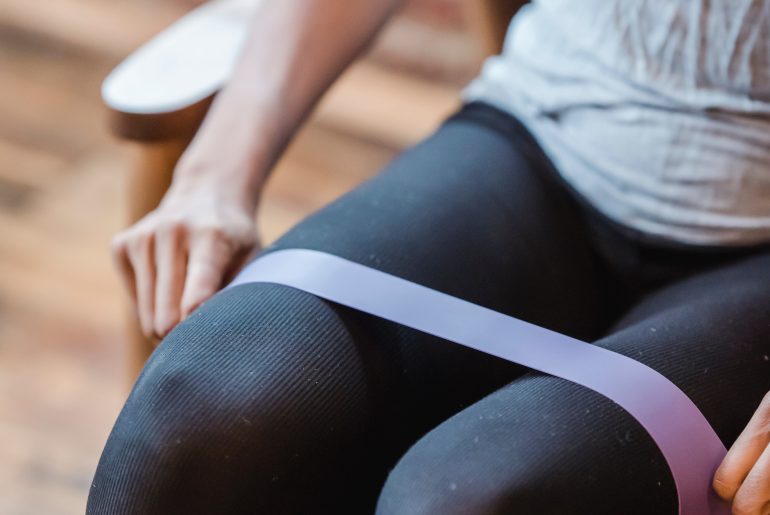

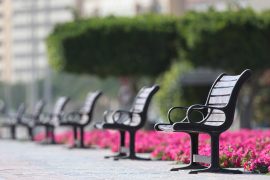
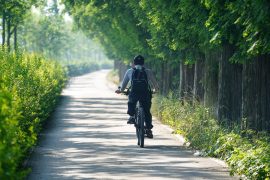

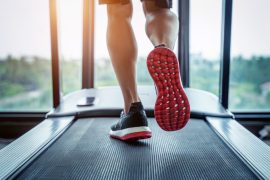
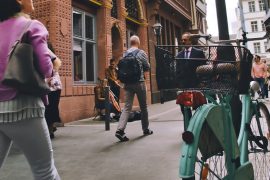

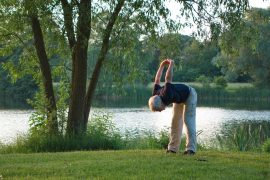
Comments are closed.